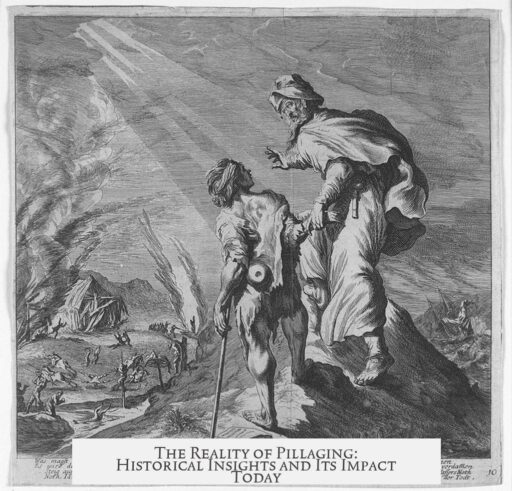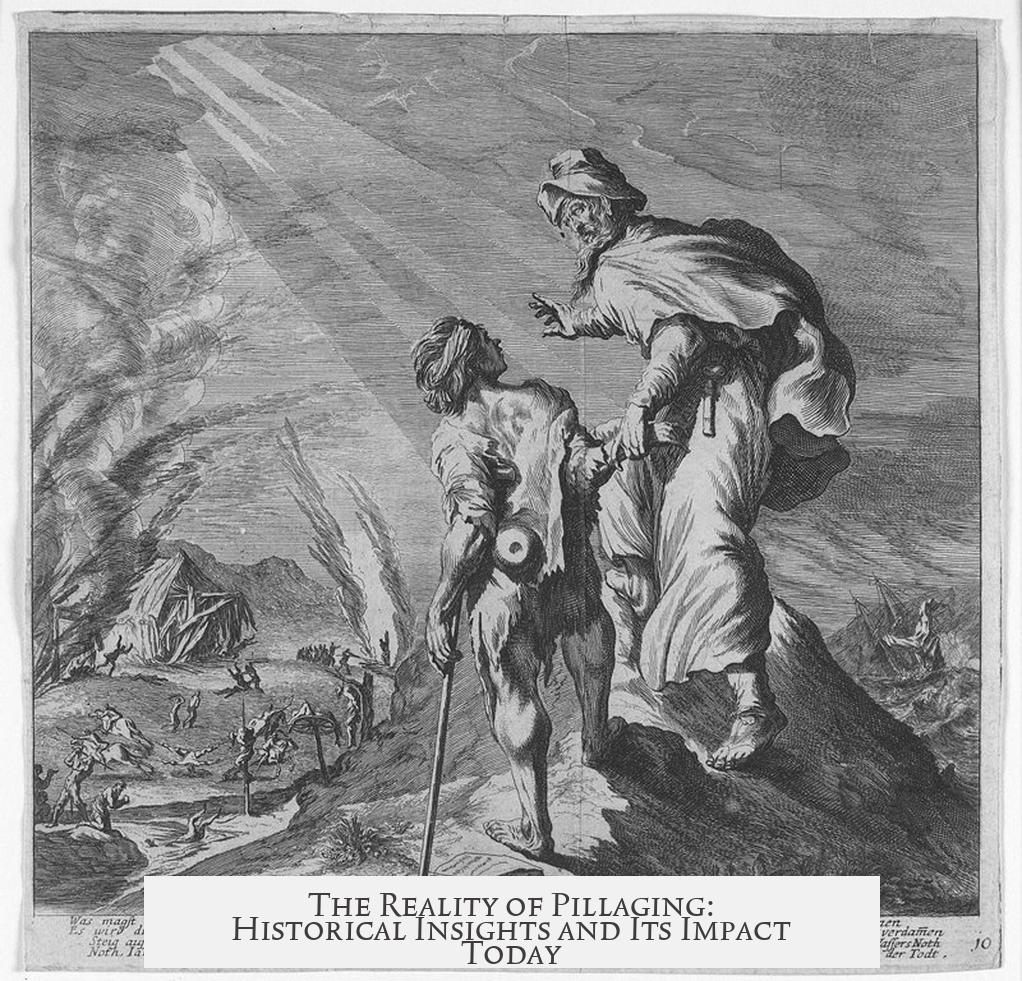Pillaging was a harsh, brutal tactic used by armies and raiders to supply themselves while weakening their enemies. It involved rapid attacks on villages or towns to seize valuables like food, gold, and people. This practice ensured survival, morale, and strategic advantage but came at a terrible cost to civilians.
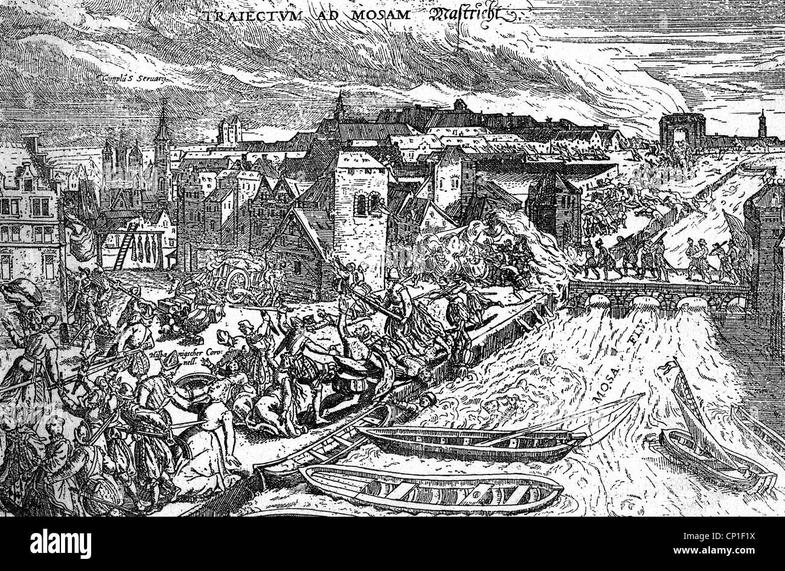
Pillaging served several military purposes simultaneously. Armies took what they needed to feed soldiers and mercenaries. This was crucial since armies depended heavily on loot as payment and sustenance. By raiding enemy villages, attackers deprived foes of resources and forced defenders to spread their forces thinly in defense. This division made it easier for attackers to win future battles. The raids also provoked enemies into fighting on ground advantageous to the pillagers.
Armies launching pillages moved quickly, seizing anything valuable. This ranged from everyday goods like cooking pots and roof slates, to gold, livestock, and slaves. Resistance from locals was met with swift, ruthless violence—people who opposed the invaders risked death or worse. Rape was an often-used terror tactic that broke communities and spread fear. The attackers’ disregard for local lives reflected a harsh mindset where hostile villages were expendable obstacles.
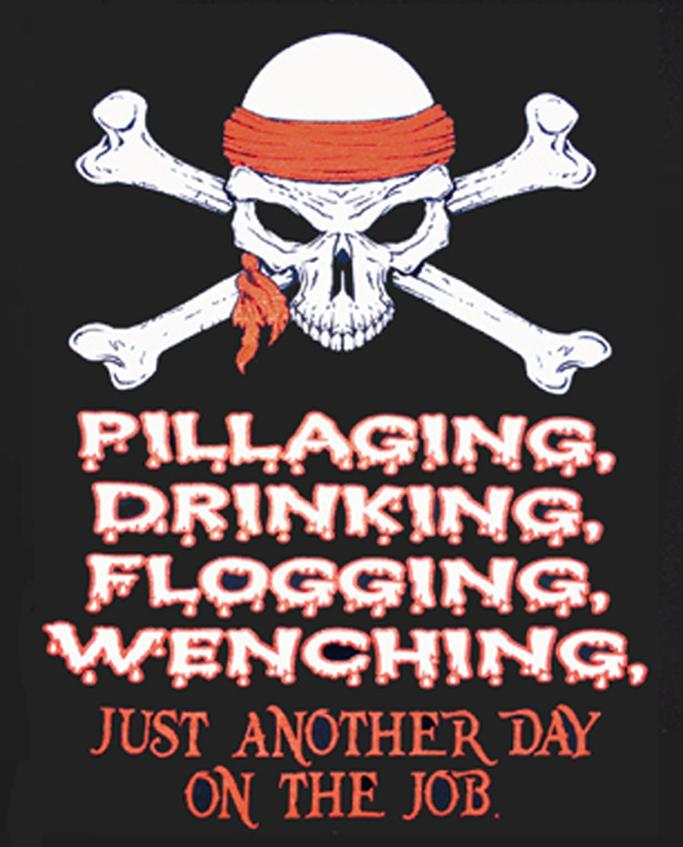
Across history, pillaging showed different characteristics depending on context and culture. Vikings, for example, focused heavily on capturing slaves for sale. Their raids combined killing those unfit for slavery—such as infants—with psychological terror. The goal was to weaken enemy resolve by fear and manpower loss. Eventually, Vikings shifted from raiding to controlling lands and collecting taxes from the local populations.
- During the Hundred Years’ War, English forces used “chevauchée”: large-scale destructive raids damaging economy and forcing civilian displacement. Loot included mundane items, highlighting the destructive aim beyond treasure. The tactic sought to lure French armies into battle on English terms.
- Caribbean pirates combined plunder with ransom strategies. After looting Spanish settlements, pirates demanded ransom payments. They used nearby cities and hidden caches to gather ransom money. Pirate ships at sea often took only what they could use or sell, sometimes releasing ships without loot.
- On the American frontier, Apache raids targeted slaves and livestock rather than destruction, aiming for repeated raids. Later, under pressure, Apaches used scorched earth tactics. Comanches used total destruction and killing except for captives, conducting massive raids as wide as to the Gulf of Mexico.
- The Old Testament offers an extreme biblical example (Numbers 31), where entire enemy men were killed, women and children captured, towns burned, and selective killing of women and boys followed divine commands.
Pillaging was often formally allowed or encouraged by commanders as a necessary evil. While costly in terms of resources destroyed, it boosted troop morale by providing rewards and a tangible benefit for hardships endured during campaigns. Soldiers fighting far from home found pillaging an essential way to survive and maintain fighting spirit.
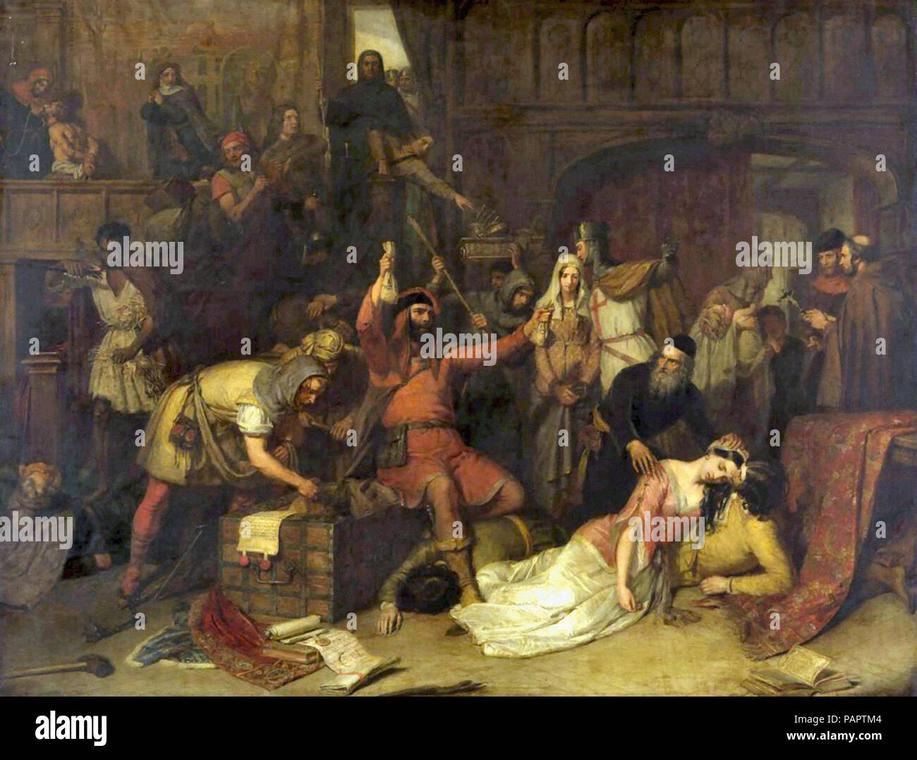
| Key Aspects | Description |
|---|---|
| Purpose | Supply own forces, deplete enemy resources, provoke battle |
| Targets | Valuables such as food, gold, slaves, animals, everyday items |
| Methods | Fast raids, brutal violence, rape, terror tactics |
| Effects | Weaken enemy morale, force spreading of defense, boost attacker morale |
| Examples | Vikings, Hundred Years’ War chevauchée, Caribbean pirates, American frontier raids, Biblical wars |
Is there a real difference between pillaging, looting, and sacking? While related, these terms vary by scope and intensity. Pillaging often involves systematic resource seizure during war; looting is taking valuables, sometimes opportunistically; sacking usually means capturing and devastating a town or city.
- Armies employed pillaging to feed soldiers and reduce enemy strength.
- Raids were swift, violent, and targeted a wide array of valuables.
- Acts of pillaging brutally affected civilian populations through murder, rape, and displacement.
- Historical examples show varied tactics and objectives specific to time and culture.
- Commanders often sanctioned pillaging despite its costly effects to morale and resources.
- Terminology around pillaging varies but generally focuses on war-time looting with strategic intent.
What Was Pillaging Really Like?
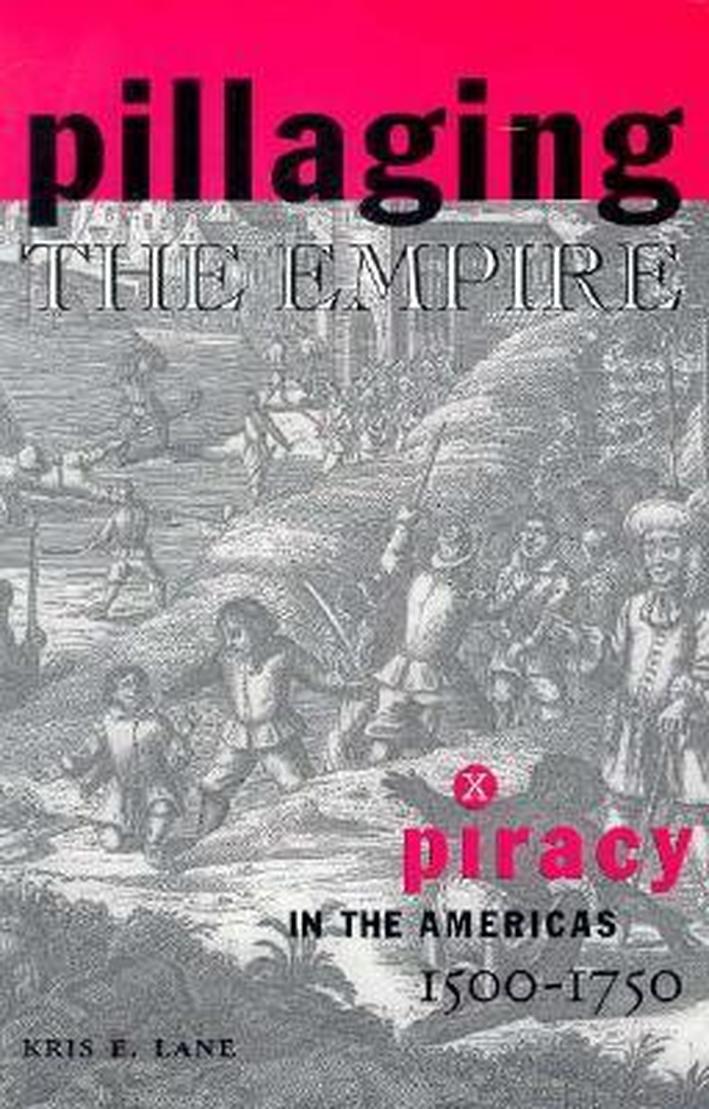
In a nutshell, pillaging was brutal, fast, and strategic—a wartime scavenger hunt with deadly consequences. Armies stormed villages, snatched anything of value from food and gold to people, and left chaos in their wake. But it was more than just chaos; it was a deliberate tactic designed to feed your own soldiers, weaken your enemies, and manipulate them into fighting on your terms.
Curious about the gritty reality of pillaging? Pull up a chair. Let’s dive into the dark art of wartime plunder—from Viking raids to frontier skirmishes. We’ll explore not just what happened but why it happened, revealing an uncomfortable but fascinating slice of military history.
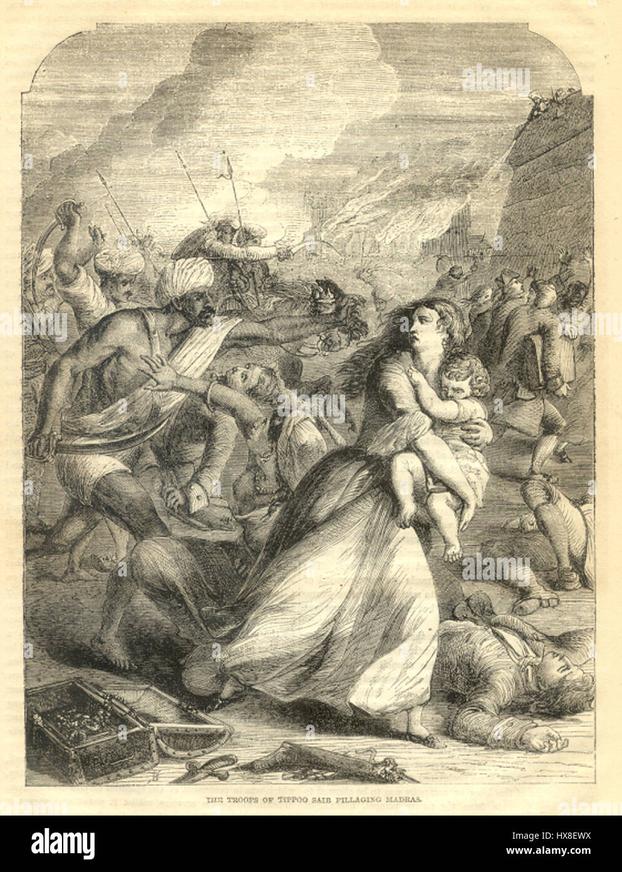
A Swift and Savage Strategy
Pillaging was not random mayhem. It was a calculated military tactic used to supply forces and strike at the enemy’s resources simultaneously. Imagine a highly efficient, yet ruthless, “grab-and-go” mission.
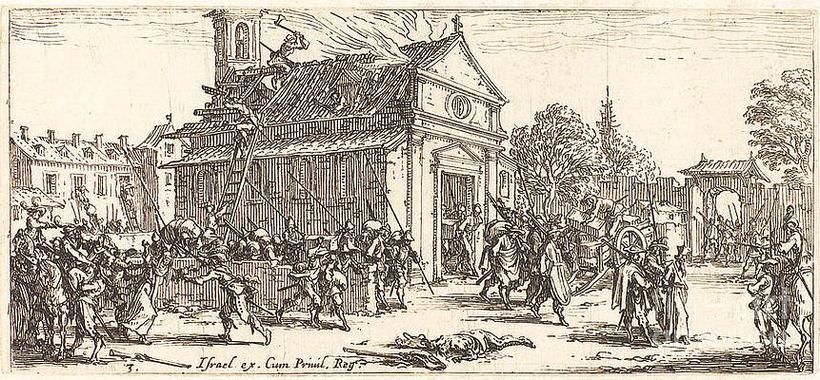
- Armies moved rapidly, invading villages to gobble up anything valuable—food, gold, even people.
- If locals resisted, they were often killed or worse, sexually assaulted—a grim reality of how harsh these raids could be.
- The goal? Provoking the enemy into battle on ground where the raiders held the advantage.
- By hitting multiple villages, attackers forced defenders to stretch their troops thin, making big battles easier to win.
This method, while simple, worked—and repeatedly so. It was wartime logistics mixed with psychological warfare, wrapped in a cloak of fear and destruction.
Survival and Morale: Pillaging as Pay and Sustenance
War is gritty. Soldiers tired, hungry, and far from home, often with no steady paychecks to show for their bloodshed. Enter loot.
For mercenaries, especially, grabbling plunder was not just a bonus—it was their paycheck. This wasn’t a fancy “finders-keepers” situation. Pillaging secured food and goods crucial for survival. It literally fed the army.
Consider this: even today, military planners say armies march on their stomachs. In medieval times, without supply chains and refrigerators, stopping to plunder was a necessity. If the village was hostile, well… from a pillager’s perspective, who cared about mercy?
Snapshots from History: Pillaging Across the Ages
To understand pillaging fully, it helps to look at different eras and cultures that practiced it. Each had its own brutal flavor and goals.
Vikings: The Original Raiders and Slavers
Think Vikings, and you might picture horned helmets and axes—though historically inaccurate, the real terror was their unrestrained violence.
- They sought primarily slaves, who were valuable goods on the medieval market.
- Babies and anyone unfit for slavery were usually killed without hesitation.
- The sheer brutality sowed terror, making locals less willing to resist future attacks.
- Eventually, Vikings moved from raiders to rulers, collecting taxes from subdued peoples rather than just plundering.
Viking raids combine savagery with shrewd long-term strategy—they didn’t just kill and take; they took control.
Hundred Years’ War: The English Chevauchée
During this long conflict, the English employed a similar but subtler pillaging technique called the chevauchée.
- Rather than just looting valuables, they often destroyed villages and forced civilians to flee.
- The goal? Economic strain on the French monarchy and nobles who protected those lands.
- Interestingly, “valuable” loot here included everyday items like cooking pots and roof slates—practical spoils.
- Again, it was about forcing the French to respond and fight on the English’s terms.
So pillaging wasn’t always about gold and silver. Sometimes, it was about upending everyday life to cripple your enemy’s capacity to wage war.
Caribbean Pirates: Loot, Ransom, and Networks
Picture the swashbuckling pirates—not just plundering but negotiating.
- They seized Spanish cities, stripped citizens of their possessions, then demanded ransoms to spare the city from fire.
- To raise these ransoms, pirates tapped broader networks, sending emissaries to other locations to gather funds.
- At sea, pirates were selective: they took what they could use or easily sell and often released captured ships without trouble.
Pillaging here mixed terror with business savvy. The aim was to maximize gain, not just destruction.
American Frontier Raids: The Apaches and Comanches
In the rugged American frontier, native raids had a mix of pragmatism and savagery.
- Apaches preferred stealing slaves and livestock carefully, avoiding widespread destruction because they planned to return repeatedly.
- When facing stronger American forces, Apaches shifted to scorched earth tactics—burning everything to deny resources.
- Comanches were more brutal, killing most captives except potential slaves and famously rode a massive raid reaching the Gulf of Mexico with 1,000 warriors.
This contrast shows pillaging adapted to strategy and circumstance, balancing cruelty with lasting objectives.
The Biblical Brutality: Numbers 31
For those who wonder if pillaging was ever truly violent, the Old Testament offers one of the harshest examples.
- Israelite forces killed all Midianite men as commanded by Moses.
- Women and children were captured as spoils, with severe commands on whom to kill and whom to keep.
- Entire towns and camps were burned to the ground.
This account is a stark reminder that pillaging wasn’t just about resource acquisition but often involved total devastation and selective genocide.
The Tactical and Psychological Impact
Yes, pillaging consumed resources like time and manpower. On the surface, it might seem wasteful. But commanders usually gave explicit permission because pillaging had critical benefits.
- It boosted troop morale—soldiers enjoyed the taste of victory and the tangible rewards of battle.
- It forced enemy troops to divide, weakening their defense.
- It instilled terror, discouraging resistance and reducing future conflicts through psychological pressure.
So, despite the cost, pillaging was a “necessary evil”—part survival tactic, part strategy, and part karma dispenser.
Is There a Difference Between Pillaging, Looting, and Sacking?
Often used interchangeably, these terms hint at nuances.
- Pillaging generally means hurried theft and destruction during war, with a strong tactical goal behind it.
- Looting can occur in many contexts, often implying theft amidst chaos but not necessarily organized military strategy.
- Sacking usually describes the complete invasion and ransacking of a city or town, implying thorough destruction and plunder.
In short, pillaging is part of a larger strategic dance, looting happens in the confusion, and sacking is a full-on takeover with ruin as the signature.
What Does This Mean Today?
Pillaging is a historical reality demonstrating how war forces human behaviors to extremes. Food scarcity, survival instincts, and brutal strategy intertwine. While we condemn such acts today, understanding pillaging helps us get a clearer picture of how armies fought and survived before modern logistics and ethics.
So, next time you hear dour tales of “pillagers,” remember—they were driven by starvation, strategy, and survival, not just greed or cruelty. This grim reality shaped battles, empires, and history itself.
Don’t you find it fascinating (if sobering) to see how something as raw as pillaging actually follows a brutal logic? War is ugly, but understanding why it happens can illuminate the dark corners of human history.
